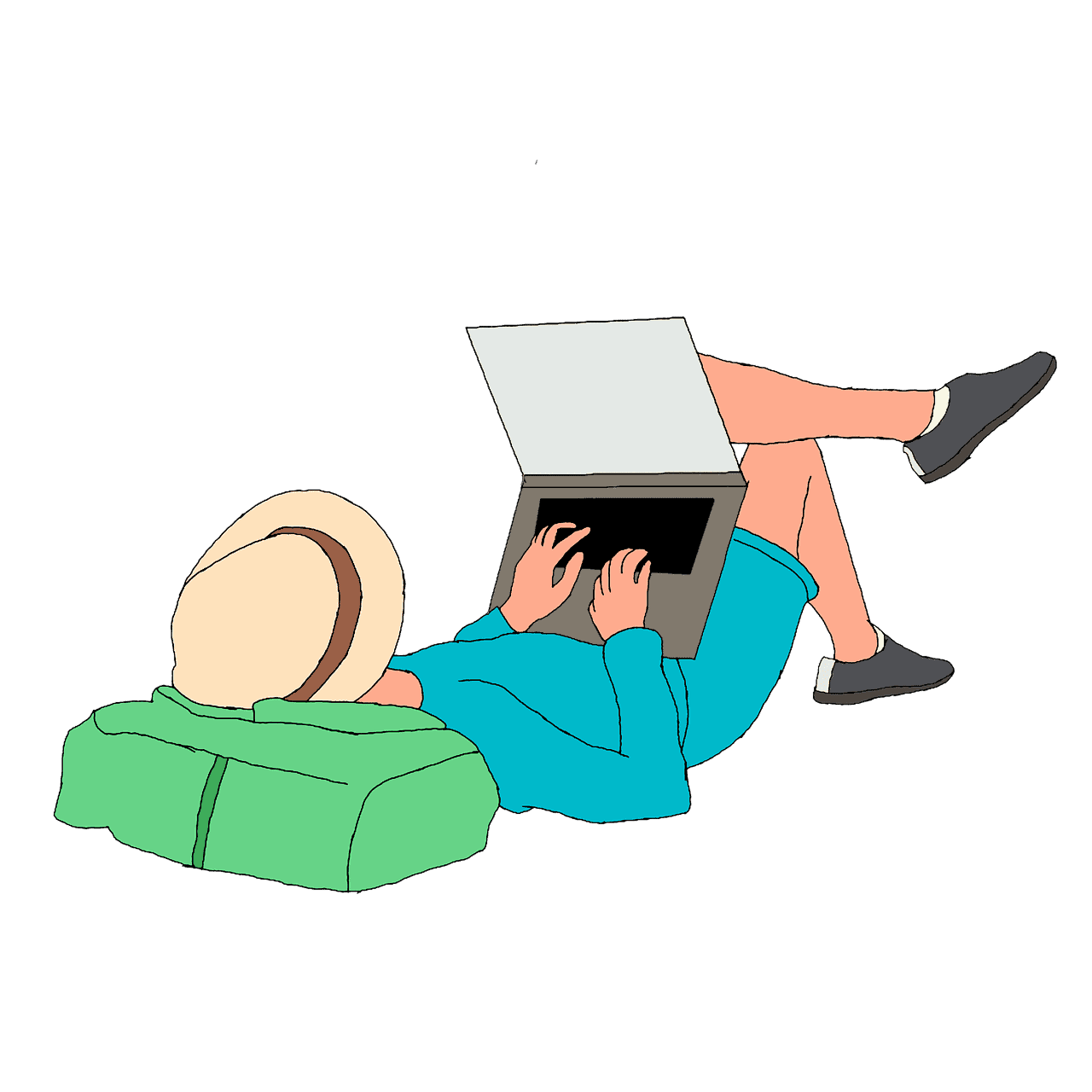By now, you’ve probably heard the acronym ASMR. Even though you may still be in the dark when it comes to why a segment of the population is watching whisper videos and tuning into people unwrapping snacks, there’s actually a reason behind what some dismiss as a kooky trend. Today’s blog is all about the sounds that soothe.
What the Heck is ASMR Anyway?
Autonomous sensory meridian response, commonly referred to as ASMR, is a description of a feeling of relaxation. It’s been called brain tingles, brain massage, and brain orgasm among other things. This sensation is typically described as tingling that starts in the back of the scalp, moving down the spine and sometimes out toward the shoulders and arms. The term was coined by Jennifer Allen in 2010 when she wanted to come up with a designation that would allow people who experienced the sensation to explore the topic.
For those of us who have never experienced ASMR, it’s commonly compared to frisson. However, frisson is associated with excitement or fear and strong feelings; ASMR is more like the relaxed inverse of frisson. Why don’t we just let a popular ASMRtist give her explanation?
A Video Phenomenon
A search for ASMR on Google returns 96,500,000 results. There is an entire section of YouTube devoted to the trend. There are numerous people who make a living creating videos of hair brushing, whisper reading, role-playing, and more. The most viewed ASMR videos have millions of hits. These are very personalized videos, with the ASMRtist speaking directly to the viewer and interacting virtually.
It’s not just individuals who are cashing in on the ASMR trend. Some companies have seized on this phenomenon for marketing purposes. Applebees made an hour-long video of sizzling meat and Ikea had a woman smoothing sheets and whispering about products. Then there was the Michelob Ultra Pure Gold Super Bowl Commercial featuring a soft-spoken Zoe Kravitz.
https://www.youtube.com/watch?v=LXmlN9BAddg
Triggers
While a “trigger” is typically associated with something negative, triggers in the ASMR world have a positive association. Usually a trigger is a gentle and serene sight, sound or touch. Whispers and crackles are common ASMR triggers. Think of the holiday log that plays non-stop in December or Bob Ross painting his happy little trees. Personal attention, slow movements, and crisp sounds (often tapping) are also popular. There are categories of ASMR like food, make-up, and celebrity-generated content. There are also themes related to popular topics such as Harry Potter. Then there are the more unusual triggers.
What Does Science Say?
We understand that this may all sound a little hokey. But the growing popularity of ASMR and the sheer number of people claiming to experience the sensation has made the science community curious. The first ASMR studies started showing up in 2014. Last summer, researchers from the University of Sheffield and Manchester Metropolitan University published a study that showed ASMR benefits include anxiety and stress reduction. There may also be a link between ASMR and synesthesia. Further, there’s evidence that ASMR is not only beneficial in the moment, but it’s shown to have lasting effects. The scientific study of this phenomenon is still new and the ASMR Research Project is encouraging people who experience this sensation to fill out an online survey. Their goal is to increase awareness and learn more about the social and biological aspects of ASMR.
Fighting a Stigma
A common misconception about ASMR is that it’s used for sexual stimulation. This is true for only a small fraction of people. For the vast majority, ASMR is used for relaxation. Most people are watching videos or tuning in for reasons such as better sleep and an overall feeling of calm.
Can I ExperienceASMR?

Different people have different ASMR triggers and not everyone experiences brain tingles. It’s pretty clear that ASMR is a minority experience, which can make the whole thing hard to relate to. Dr. Craig Richard, the author of Brain Tingles, estimates that twenty percent of the population lose themselves in these feelings. If you’re curious as to whether you’re one of the lucky ones, you can test your abilities with a guided video. A quick search on YouTube will turn up all sorts of tests designed to see if you react to common triggers.
Just Relax
All of this makes us think of the Sloan song “If It Feels Good Do It“. There are all kinds of ASMR videos that you can watch. If you find comfort in hearing fingernails tapping a hairbrush or the sound of crinkling wrapping paper, who are we to judge? We should all be lucky enough to experience a calming sensation so easily.









